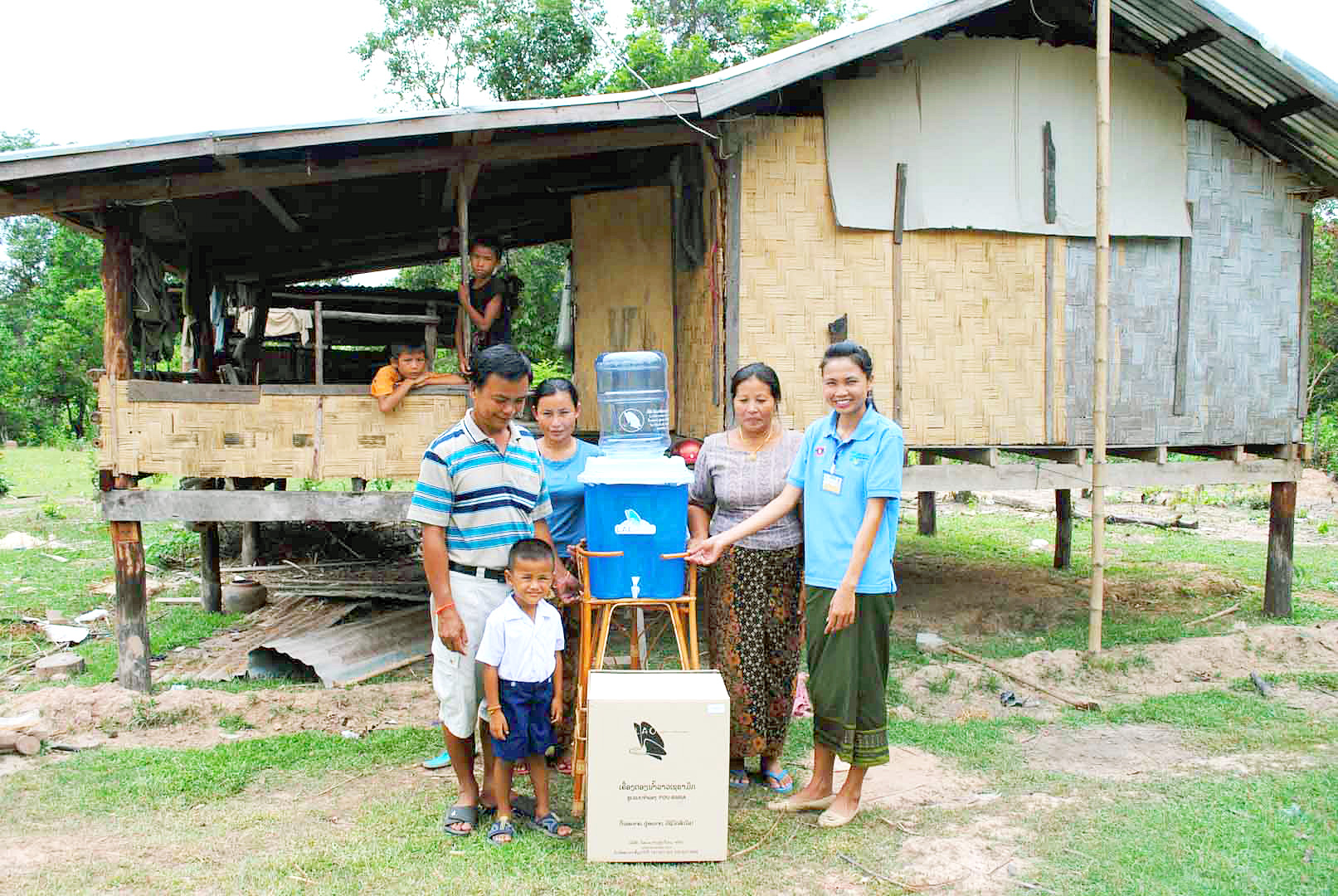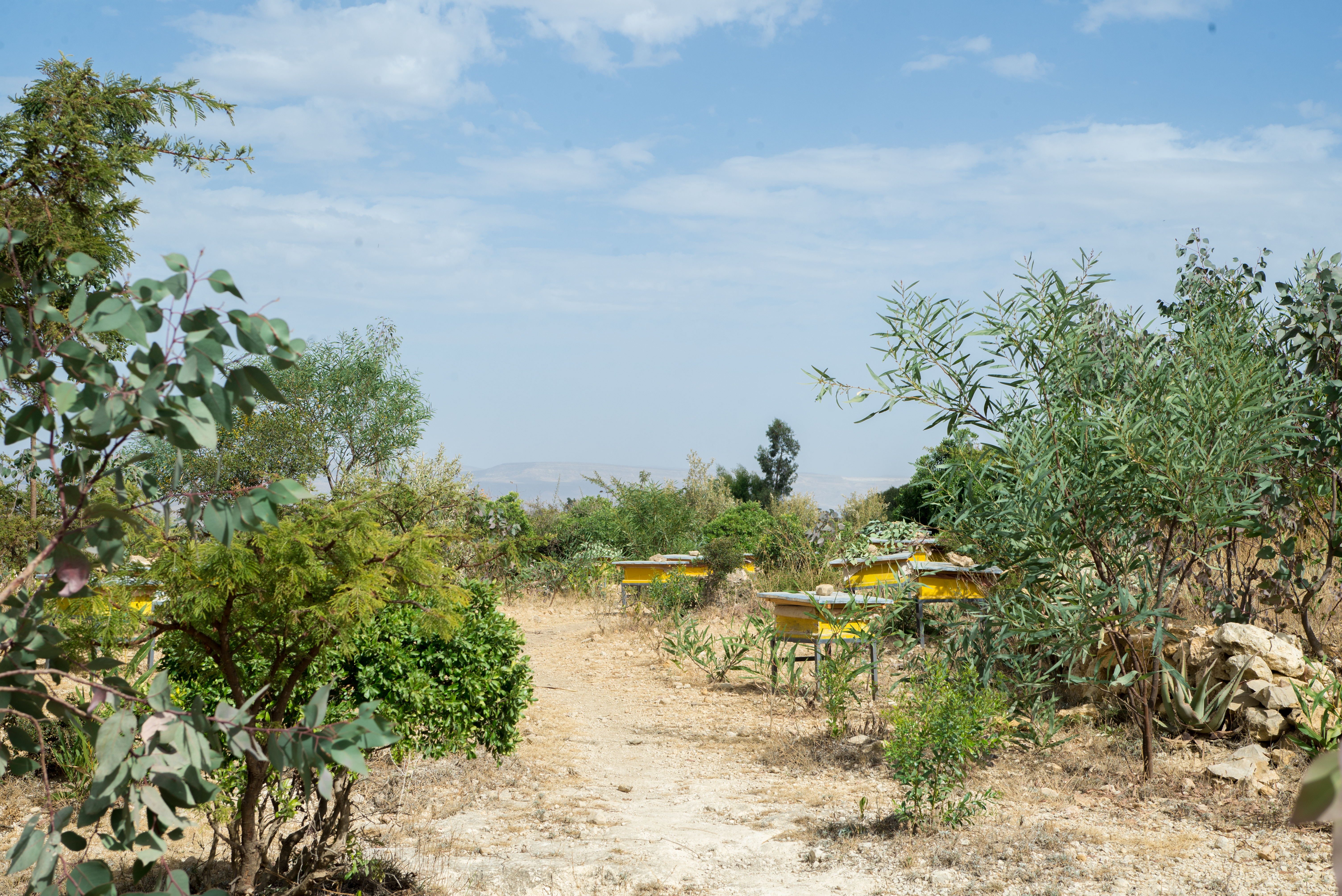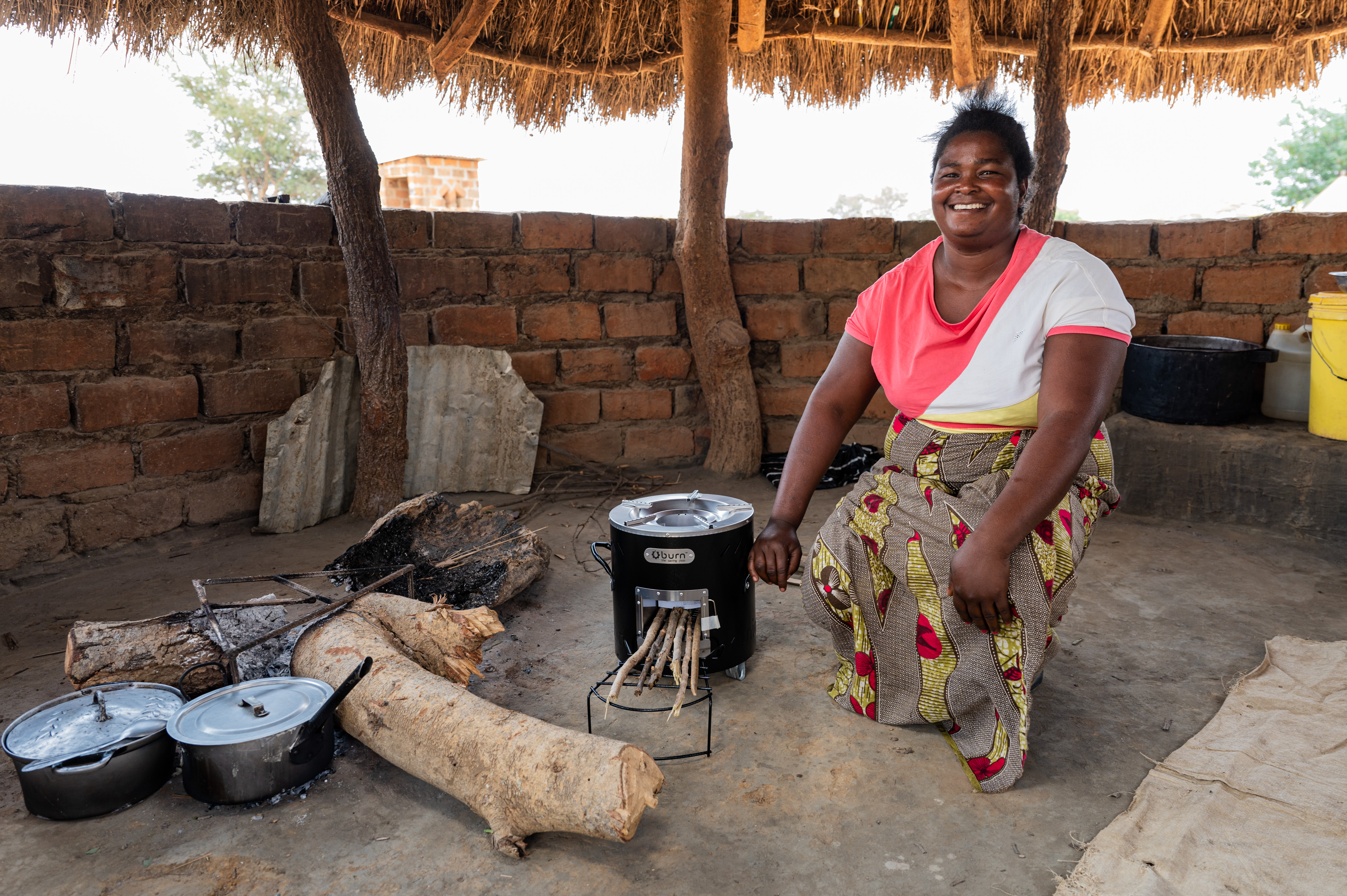Sustainable energy independency through biogas
Away from fossil fuels and towards an inexpensive, easily available, and environmentally friendly alternative source of energy. This is being implemented in Kerala, India's southwestern state, with the help of biogas. Where households, communities and institutions previously used firewood and got their electricity from the local grid, locally installed biogas plants now generate clean energy from organic waste. Food scraps such as vegetable peelings or organic wastewater ferment in the approximately 17,000 closed containers, thus avoiding methane and carbon dioxide emissions. Annually, the project saves a total of about 38,900 tonnes of CO2.
By managing waste directly at the source, residents help improve their own waste management and hygiene standards. The biogas provides them with clean energy for cooking and heating, without producing smoke or polluting the air. By operating and maintaining the plants, the project creates long-term jobs for locals.

In biogas facilities, biomass is fermented into biogas in sealed digesters. Biomass may consist of organic waste or dung from cows or other animals. In countries like India or Vietnam, families use the gas from small biogas plants for cooking. This reduces CO2 emissions that would be produced by cooking with wood or charcoal. Biogas plants also prevent methane from escaping into the atmosphere, as is the case when organic waste is stored in an open pit. Instead, the gas is fed from the closed digesters to specific cookers and thus provides an independent and renewable source of energy.
Explore our projects
Biochar for Climate Action, Healthy Soils, and Better Harvests

A certified climate project combined with additional commitment

Expansion of renewable energy generation in Asia

Ceramic water filters save CO2 and improve health

Improved cookstoves worldwide – for better health and cleaner air

A certified climate project combined with additional commitment

Powering access to renewable energy in Africa

A certified climate project combined with additional commitment

Restored ecosystems remove carbon

Turning degraded farmlands into healthy ecosystems

Improved cookstoves - better for health and the environment























